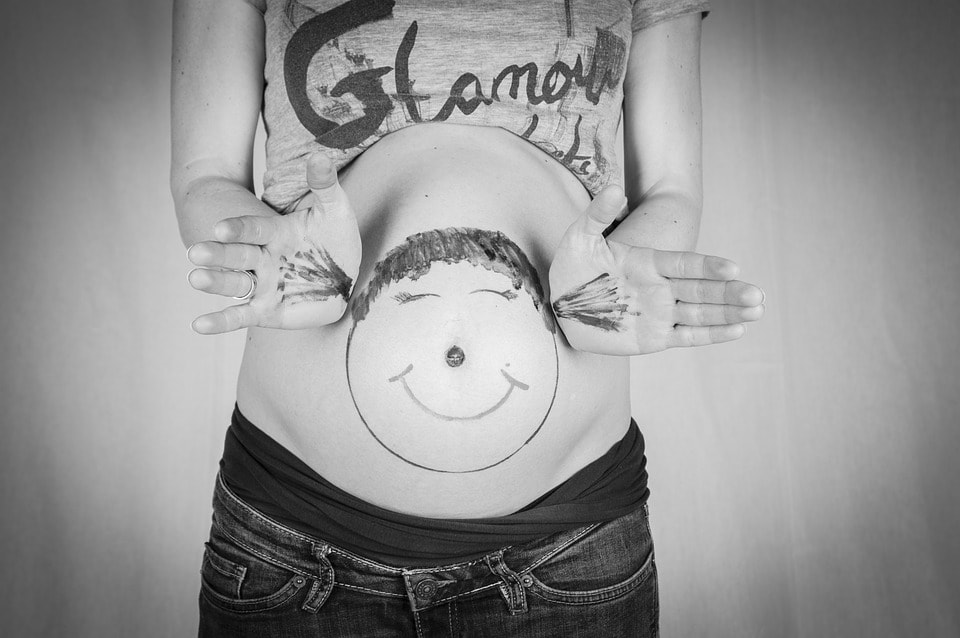
What is an Epidural Anaesthesia?
08-05-2017 | Posted By: Chhavi | 3156 View(s)
Being pregnant is a blessing, and pregnant women tend to cherish each and every moment of their pregnancy. However, one cannot deny that going through the labour pain is extremely difficult. Most women go through extreme pain while delivering the baby. But, now in the modern era, there are various techniques by which the labour pain can be relieved, and one such effective method is Epidural Anaesthesia which helps relieve pain during labour.
Studies claim that a human body can bear only up to 45 Del (unit) of pain. And what is shocking is that at the time of giving birth, a mother feels up to 57 Del (Units) of pain which is similar to 20 bones getting fractured at a time. And thus, many women request for an epidural anaesthesia more than any other method of pain relief.
As mothers plan for their ‘Labour day’, they must understand the pain relief options so that they can make well-thought and better decisions during the labour and birth process. If an epidural is to be taken for pain relief, then the parents must know the types of epidurals, their administration and also their benefits and risks.

An Overview of Epidural Anaesthesia?
Epidural anaesthesia provides pain relief in a particular region of the body while allowing the mother to remain fully conscious. It does not result in a total lack of feeling; instead, it just decreases sensation in the lower half of the body by blocking the nerve impulses from the lower spinal segments.
Epidural medications are often delivered in a combination of a local anaesthetics and a narcotic. Local anaesthetics are used to block sensations of pain, touch, movement and temperature and narcotics helps to reduce pain without making the legs totally unconscious. When they are used together, they provide pain relief with minimal effects such as loss of sensation in the legs.
Read More: Benefits of eating dried Fruits & Nuts during Pregnancy
How is an Epidural Delivered?
Before starting the procedure of placing the epidural, the mother receives plenty of Intravenous (IV) fluids. A mother is expected to receive at least 1-2 litres of Intravenous fluids throughout the labour and delivery. Then the epidural is administered by an anesthesiologist, an obstetrician or a nurse anaesthetist.
The mother will be asked to lie on her left side or sit up and arch her back. This position helps in increasing the effectiveness of the epidural.
Then, the waistline area of the mid-back is wiped using an antiseptic solution. The solution is used to minimise the chances of infection. A small area on the back is then injected with a local anaesthetic to numb it. A needle is then inserted into the numb area surrounding the spinal cord in the lower back and a thin, flexible tube called as a catheter is inserted into the epidural space. The catheter is left in place to provide medication either by continuous infusion or through periodic injections. After the delivery of the baby, the catheter is removed, and it does not hurt at all.
Types of Epidurals
There are two types of epidurals. One is Regular Epidural, and the other one is Combined Spinal-Epidural (CSE) or “Walking Epidural”.
1. Regular Epidural
In the regular epidural, after placing the catheter, a combination of local anaesthesia and narcotic is administered either by periodic injections or by a pump into the epidural space. This helps in reducing the adverse effects of anaesthesia.
In the regular epidural, the needle doesn’t come in contact with the spinal fluid. The hospital’s policies about staying in bed and eating must be known to the mother.
2. Combined Spinal-Epidural (CSE) or “Walking Epidural.”
In this epidural, the epidural needle comes into contact with the fluid which surrounds the spinal cord. This increases the ability of the mothers to change position with a little help and also provides more freedom to move.
In both the kinds of epidural, the parents must know the hospital’s policy on eating, drinking and moving around after the epidural has been placed.
Benefits of using an Epidural Anaesthesia

1. It is one of the most efficient methods to relieve pain during labour.
2. It helps the mother to rest if the labour is prolonged.
3. Epidurals help women to have a more comfortable and positive birth experience by reducing the pain and discomfort of the childbirth.
4. Epidurals help the mothers to be active participants during the childbirth as it allows them to stay alert.
5. Epidurals help mothers deal with exhaustion, fatigue and irritability. It can also help a mother to relax, stay calm and focused and also give the energy and strength to take active participation in the birth experience.
6. The effects of the epidural can be controlled by adjusting its type, amount and strength.
Risks of an Epidural Anaesthesia
1. Epidurals may temporarily lower the Blood Pressure, thereby reducing blood flow to the baby which in turn slows the baby’s heart rate. This situation can be treated with medication and fluids.
2. Sometimes, a mother experiences a severe headache, a ringing in the ears, nausea, difficulty urinating, shivering, backache and soreness where the needle is inserted.
3. The lower half of the body may feel numb for a few hours after the baby’s birth, and the numbness will not allow the mother to walk without any assistance.
4. After the epidural is placed, the mother has to alternate sides while lying in bed. The doctors regularly monitor for the changes in the heart rate as lying in one position for a long time may cause labour to stop or slow down.
5. Sometimes the pushing of the baby becomes difficult due to epidurals, and in this case, additional medications or interventions may be needed.
6. Though it is not very clear, however, most researchers suggest that epidurals cause breastfeeding difficulties and some babies have trouble drinking mother’s milk.
7. Some studies also suggest that a baby might experience respiratory problems and an increase in heart rate variability.
8. In some rare cases, permanent nerve damage may result in the area where the catheter was inserted.
9. Epidurals can also cause fever. No one knows the particular reason for this, but the theory is that the mother pant and sweat less (because she is not in pain), and so it is harder for the body to give off the heat generated by labour.
10. Sometimes, an epidural may affect the mother’s breathing and can cause a nerve infection. But this happens very rarely.
Childbirth is a beautiful thing; however, delivering a baby can be painful and uncomfortable. Epidural anaesthesia is an effective method for relieving pain during labour, but be cautious and know all about the procedure from the Doctor and then take the decision.


